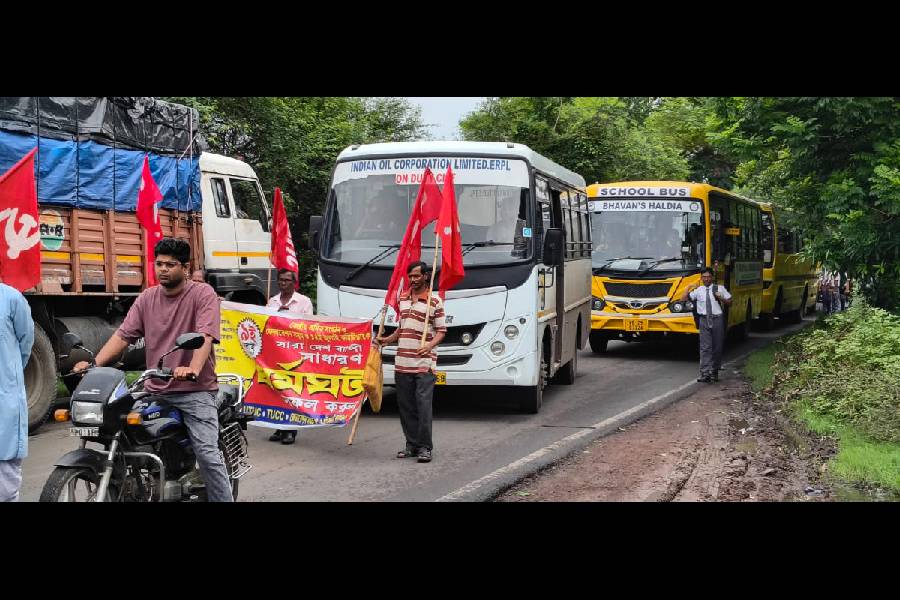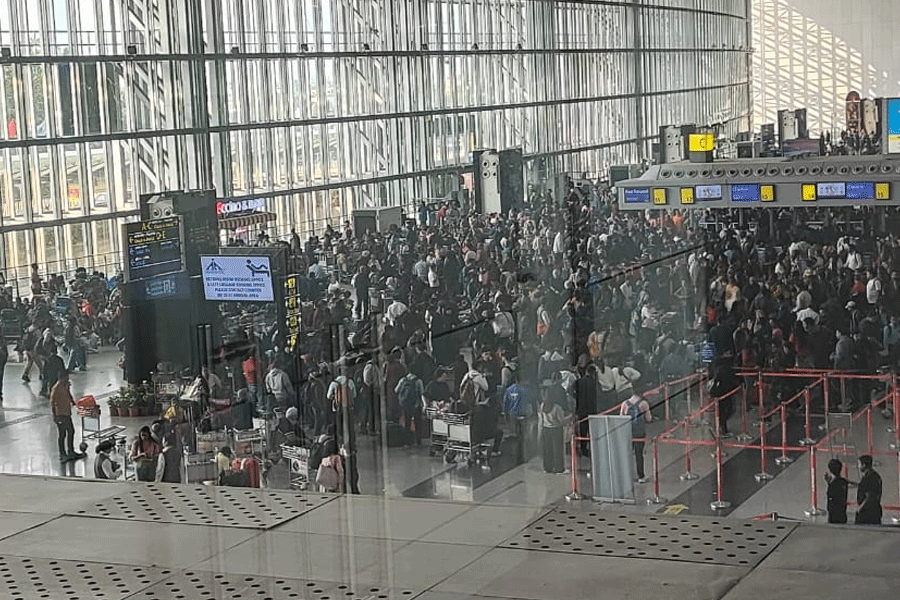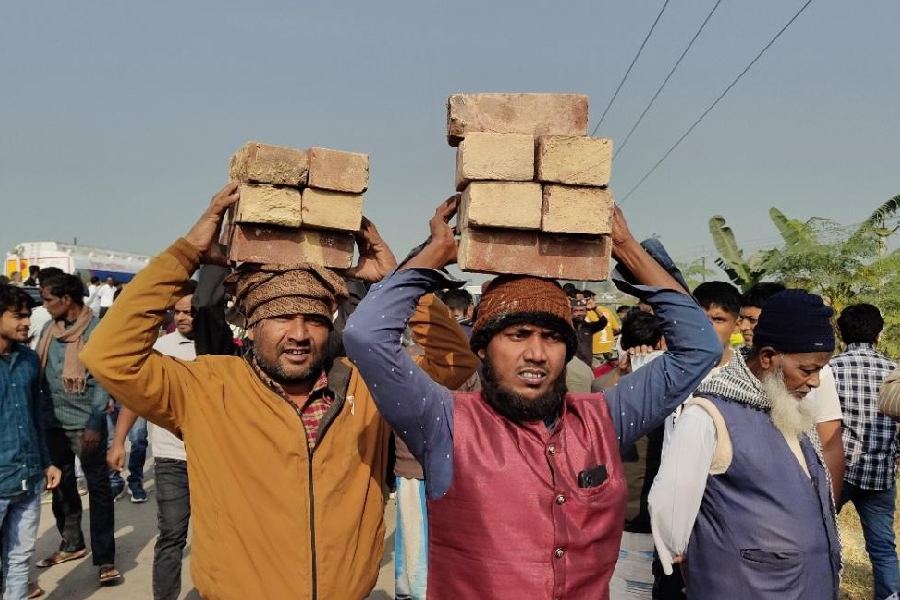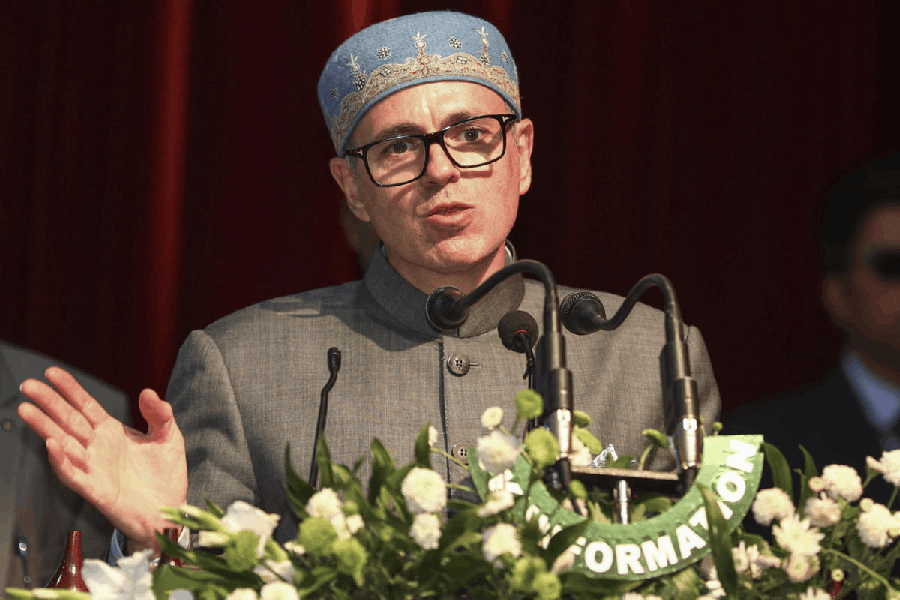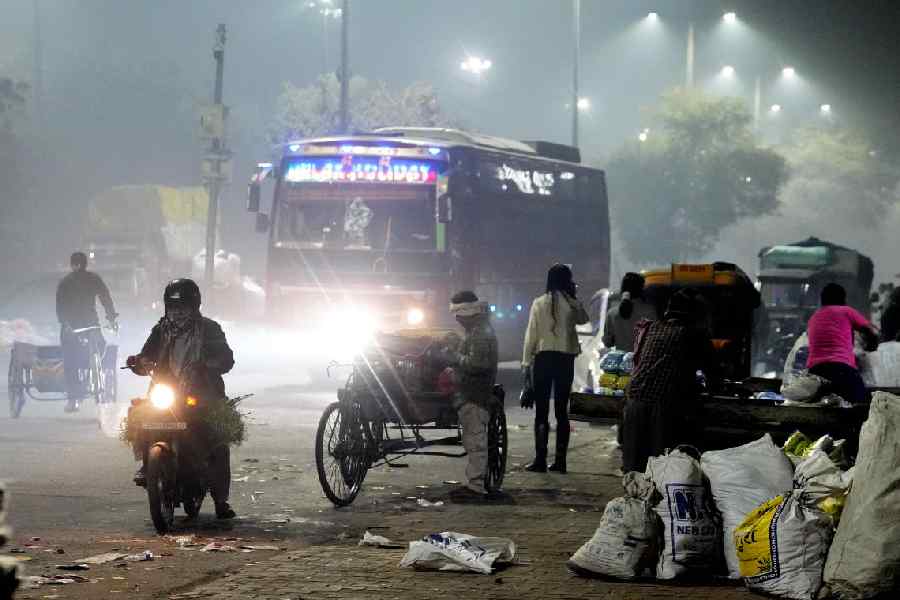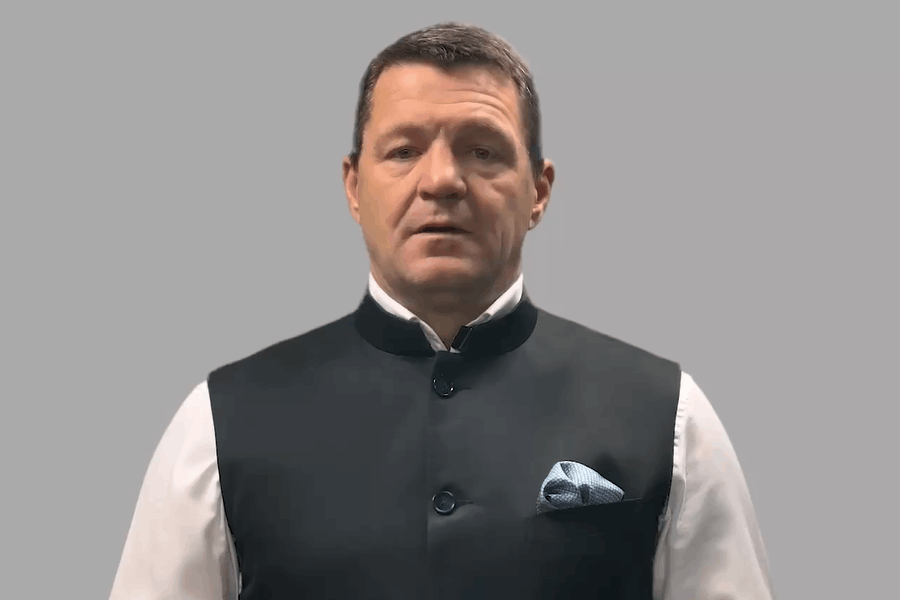Earlier this month, tens of millions of workers across the country participated in a nationwide strike — known as a Bharat bandh — to protest the Central government’s deepening embrace of neoliberal economic policies. Organised by a coalition of trade unions and farmers’ groups, these annual shutdowns — a recurring feature since 2020 — have done little to alter the government’s course in weakening labour protections or reversing the broader trend of stagnant wages and precarious employment. Far from demonstrating strength, these ineffectual mass strikes underscore the diminished relevance of organised labour movement in India as well as the near-absence of workers’ rights from the national political agenda.
Given the considerable street power of India’s trade unions and the vast working-class base they claim to represent, their weak agenda-setting power might appear as something of a paradox. How might we explain this disconnect in our contemporary democratic structure?
At the outset, let us set aside the idealised vision of pluralist democracy — a political order in which citizens, through representative groups, engage in open and equitable competition to shape governance, ensuring that power remains dispersed, accountable, and reflective of the popular will. As the political scientist, E.E. Schattschneider, argued in his 1960 classic, The Semi-Sovereign People, real-world democracies are riddled with “agenda controls” — mechanisms that constrain the range of political discourse and State action.
These controls serve to narrow the range of acceptable policy options, effectively making the interests of structurally powerful groups relatively immune to countervailing popular pressures. They operate by conditioning political parties and legislatures to amplify certain conflicts while suppressing others. In this way, democratic systems can marginalise critical inter-group struggles, such as that between labour and capital, not through overt coercion but by denying them access to public platforms like the mass media, administrative machinery and political parties. “All legislative procedure is loaded with devices for controlling the flow of explosive materials into the governmental apparatus,” Schattschneider wrote, the upshot being that “… some issues are organized into politics while others are organized out.”
Political parties, in our estimation, have persistently marginalised the question of workers’ rights in their mobilisation strategies since liberalisation. This is not to suggest that labour issues were ever central to the platforms of Indian political parties. The Indian political system has largely lacked Europe-style, mass-membership, social-democratic parties that historically championed the working class. The communist parties in Kerala and West Bengal remain partial (and past) exceptions. Nonetheless, political analysts have tended to downplay the significance of India’s turn towards liberalisation, starting in earnest from the early 1990s, in terms of re-structuring the incentive structure of parties. Political parties have reconfigured their mobilisational strategies because they face an altogether different set of constraints and opportunities in 2025 than they did in 1985. A plausible reason for missing this shift lies in the gradual process of party adaptation, responding to various institutional pressures, rather than representing a single, decisive rupture. To understand how workers’ rights have been progressively ‘organised out’ of political competition, we must examine the changing forms of party mobilisation through the dual lens of political economy and welfare regime.
In the 1970s and 1980s, workers’ rights held a relatively prominent place in India’s political and economic landscape. Barbara Harriss-White, in India Working: Essays on Society and Economy, locates this salience within the framework of a developmental State which responded to the interests of a middle class of public-sector workers and an intermediary class of agrarian producers. The State capitalist model offered subsidies and benefits to this vanguard of urban workers and rural farmers — effectively quasi-workers — to balance against the influence of big business, preserving both State autonomy and party mobilisation capacity. Although these benefits rarely reached the vast informal workforce, there was a discursive privileging of workers and the self-employed over big capital.
Policy shifts, such as Indira Gandhi’s bank nationalisation in 1969, reflected this orientation. By 1974, one-third of bank advances were directed toward agriculture, small-scale industry, transport, and self-employment — sectors linked to the intermediate classes. This coalition began to unravel by the late 1980s under global market pressures, the collapse of the Soviet Union, and the rise of the Washington Consensus. As Harriss-White notes, liberalisation dismantled the dirigiste framework, eroding subsidies, directed credit, and informal protections that had long sustained the intermediate classes. Their bargaining power waned, exposing them to neoliberal restructuring.
Political parties, which had relied on caste-based patronage networks and the ideological capital of public-sector employment, began to reorient toward big business. A professionalised party apparatus, geared to the era of corporate-funded television media, prioritised leader branding over ideology, shifting politics from the participatory to the spectatorial mode. This influx of corporate money reshaped the ‘rules of the game’, steering parties away from State-led developmentalism towards a tacit elite consensus rooted in crony-capitalist bargains that favoured capital over labour.
Despite this shift, workers did not vanish from politics. The Left parties — the Communist Party of India (Marxist) and the Communist Party of India — entered coalitions like the United Progressive Alliance I, advocating for public sector workers and trade unions. Meanwhile, the promised structural economic transformation never materialised. Over 85% of India’s workforce remains informal, with three-quarters being self-employed or in casual jobs, and only 10% being unionised. Many operate in feeder enterprises linked to formal and corporate sectors, yet remain outside formal protections.
The persistence of informal workers gave rise to a new form of political incorporation, as described by the sociologist, Rina Agarwala, in her book, Informal Labor, Formal Politics, and Dignified Discontent in India. Rather than demanding employer-based rights like minimum wages, informal workers increasingly asserted citizenship-based claims on the State, seeking education, housing, and healthcare. Agarwala traces the shift back to Tamil Nadu’s M.G. Ramachandran era, when informal worker organisations — representing bidi workers, manual labourers and weavers — successfully lobbied for welfare boards and targeted benefits. The UPA I government’s Mahatma Gandhi National Rural Employment Guarantee Act and Rashtriya Swasthya Bima Yojana extended this model nationally, offering employment guarantees and health insurance to informal workers.
In the Narendra Modi era, a key shift in welfare delivery — the expansion of cash transfer schemes, along with the digitisation of social policy, has subtly undermined the political agency of the informal workers that Agarwala so meticulously documents. Direct benefit transfers have depoliticised welfare by bypassing collective mobilisation, reducing workers to individual beneficiaries rather than organised claim-makers. This has weakened the bargaining power that informal workers could potentially wield as a cohesive vote bank, diluting their ability to negotiate for broader systemic change. The Union finance minister has claimed that there has been a 90-times increase in cash transfers between 2013-14 and 2024-25, from 7,368 crores to 6.83 lakh crores under the Modi government. Yet, as Jean Drèze has documented, real wages of informal workers have remained virtually stagnant for the entirety of the Modi regime. From a deeper perspective, cash transfers thus appear to be more of a disguised subsidy for extractive employers, who are allowed to benefit from repressed wages, rather than a substantive form of welfare.
As worker rights are ‘organised out’ of politics, issues of identity — religion, language, and national security — have been ‘organised in’ to fill the void. “The economic has been removed discursively from politics,” Harriss-White wrote, “…election agendas prioritise identity, national security and control over the means of repression to the neglect of infrastructural resources, water, food scarcities and the gap in development between the north and the south.”
Asim Ali is a political researcher and columnist

